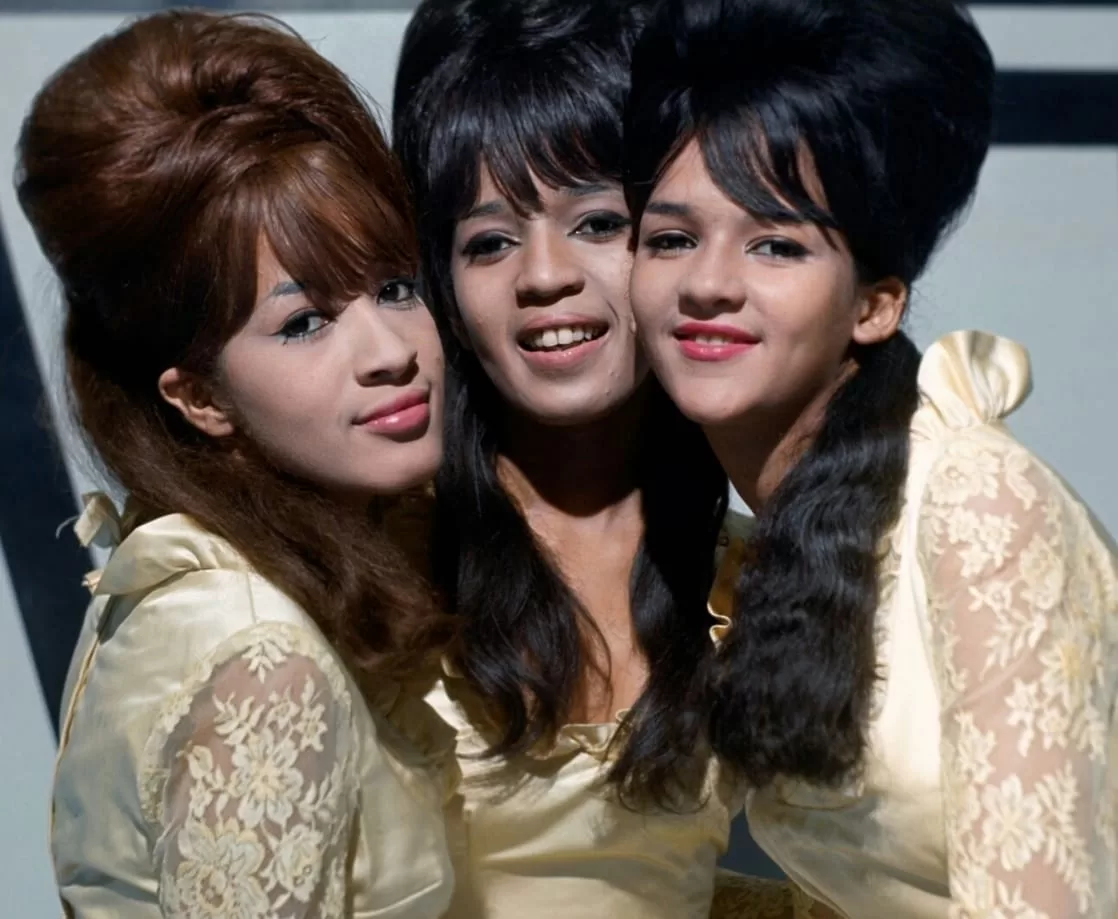
The Ronettes were one of the most influential and successful girl groups in the history of music. With their distinctive hairdos, tight dresses, and sultry vocals, they captivated audiences with their blend of pop, rock, and soul. They had nine songs on the Billboard Hot 100, six of which became Top 40 hits, including the classics “Be My Baby”, “Baby, I Love You”, and “Walking in the Rain”1
Origins and Early Career
The Ronettes were formed in New York City in the late 1950s by three cousins: Veronica “Ronnie” Bennett, Estelle Bennett, and Nedra Talley. They grew up in a musical family and started singing together at their grandmother’s house. They called themselves “The Darling Sisters” and performed at local clubs and talent shows2
In 1961, they signed with Colpix Records and changed their name to “The Ronettes”. They released a few singles, but none of them made an impact. They also toured as backup singers for Bobby Rydell, Del Shannon, and Joey Dee and the Starliters3
Breakthrough and Success
The Ronettes’ big break came in 1963, when they met Phil Spector, the legendary producer and owner of Philles Records. Spector was impressed by their look and sound and signed them to his label. He also became their mentor, manager, and lover (in the case of Ronnie). He gave them a makeover, adding heavy makeup, false eyelashes, and elaborate hairstyles. He also applied his famous “Wall of Sound” technique to their recordings, creating a rich and powerful sound that matched their vocal harmonies4
Spector produced all of the Ronettes’ hits, starting with “Be My Baby”, which reached No. 2 on the Billboard Hot 100 and No. 4 on the UK Singles Chart in 1963. The song is considered one of the greatest pop songs of all time and has been covered by countless artists, such as The Beach Boys, John Lennon, and Amy Winehouse5
The Ronettes followed up with more hits, such as “Baby, I Love You”, “(The Best Part of) Breakin’ Up”, and “Do I Love You?”. They also released their only studio album, Presenting the Fabulous Ronettes Featuring Veronica, in 1964, which is regarded as one of the best girl group albums ever6
The Ronettes were also popular live performers, touring with the Rolling Stones in the UK in 1964 and with the Beatles in the US in 1966. They were known for their energetic and sexy stage presence, which inspired many female artists, such as Madonna, Cher, and Cyndi Lauper7
Decline and Breakup
The Ronettes’ career began to decline in the late 1960s, due to several factors. Spector became more controlling and paranoid, limiting their exposure and output. He also married Ronnie in 1968, after a tumultuous relationship that involved abuse and isolation. The marriage lasted until 1974, when Ronnie escaped from Spector’s mansion and filed for divorce.
The Ronettes also faced legal battles with Spector over royalties and contracts. They sued him in 1968, claiming that he had cheated them out of millions of dollars. The case dragged on for years, until they finally won a settlement of $2.6 million in 2002.
The Ronettes disbanded in 1967, after their last single, “I Can Hear Music”, failed to chart. They briefly reunited in 1973 as “Ronnie Spector and the Ronettes”, but the comeback was short-lived. They also performed together at their induction into the Rock and Roll Hall of Fame in 2007, after years of being snubbed by the institution.
Legacy and Influence
The Ronettes are widely regarded as one of the most important and influential girl groups of all time. They have been praised for their musical style, vocal abilities, and cultural impact. They have influenced many artists across genres, such as The Beatles, The Ramones, Bruce Springsteen, The Bangles, and Beyoncé.
They have also been honored with several awards and recognitions, such as the Grammy Hall of Fame, the Vocal Group Hall of Fame, and the Rolling Stone’s list of the 500 Greatest Albums of All Time. Their songs have been featured in many movies, TV shows, and commercials, such as Dirty Dancing, Mean Girls, and Gilmore Girls.
The Ronettes are the epitome of the original bad girls of rock and roll, who broke the mold and paved the way for generations of female artists to come.

